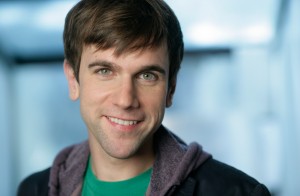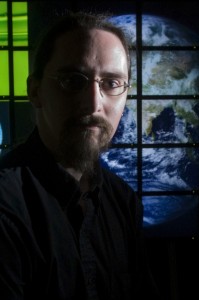
Center for the Arts Story: I found the Center for the Arts through an unexpected route: my extracurricular activities in the Environmental Organizers Network (EON). As an Art History person, I’d always been involved in what was happening on the other side of the CFA green, but it wasn’t until I by chance attended a meeting about the first Feet to the Fire Festival that I really got to know the CFA. I kept going to planning meetings, and before long I found myself co-leading a student forum on environmental art and helping with logistics for the festival. As part of the student forum, I co-created an animation about the carbon cycle, but the best part about the actual day of the festival definitely wasn’t seeing my own work: it was getting to see the work of so many artists and thinkers (dancers, musicians, biologists, sculptors, and more) and the Middletown community (professors, students, and citizens) come together. That was really when the value of interdisciplinary work became clear to me.
The Feet to the Fire Festival in May 2008 allowed me to deepen interests I already had, while simultaneously discovering things totally new to me. At the same time that my two major passions serendipitously came together, I was introduced to the related (but new for me) field of performing arts. That became another passion, and as a senior I returned to the CFA as the Arts Administration Intern.
Interdisciplinary work and cultural planning became dominant threads in the rest of my Wesleyan experience. Even though I spent most of my time in the same corner of campus (between the CFA and the Davison Art Center), I found a lot of boundary-breaking activity there, and that broadness defined my time at Wesleyan. Actually, it’s still defining me: I found my current path (library and information science) through a studio art class about information theory I took with Jeffrey Schiff.
Favorite Course: Topics in Studio Art
Favorite Professor: impossible to choose just one!
Thesis Title: “Notions of Method: Text and Photograph in Methods of Connoisseurship” (Art History)






